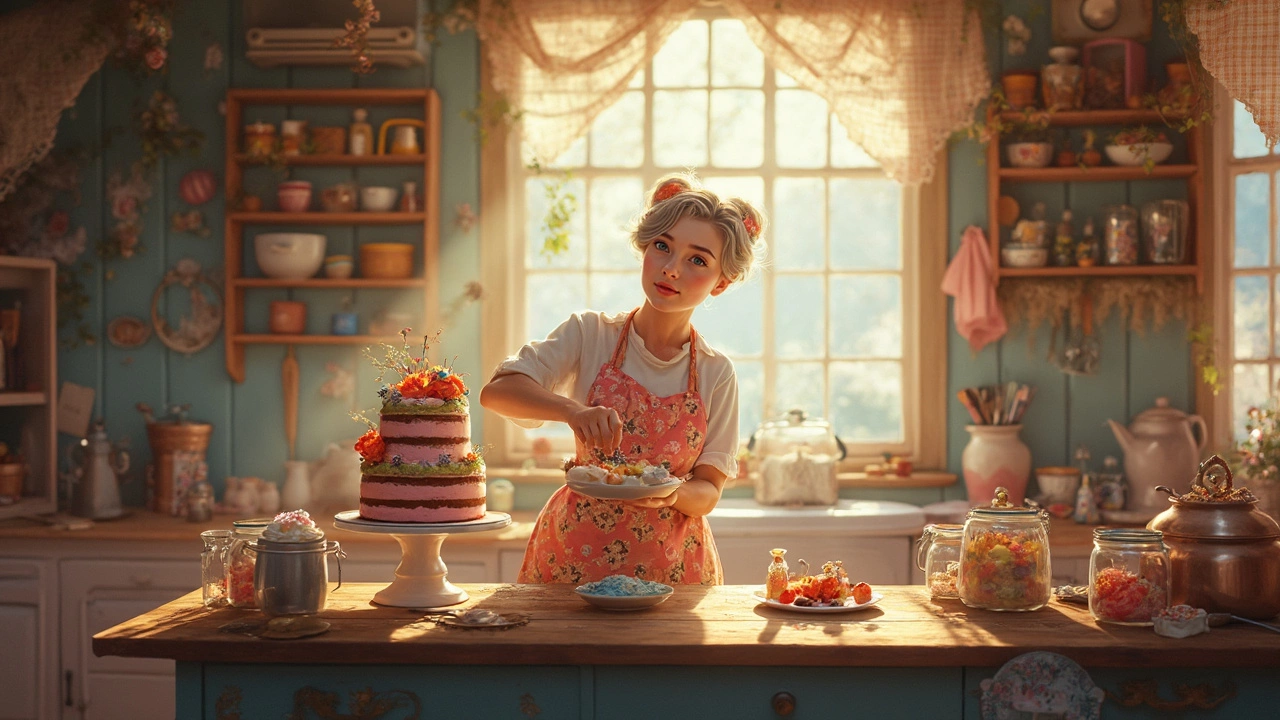
Ever wondered what it takes to craft a cake that stands out not just in taste but also in looks? We're diving into the magical world of beautiful cakes, where art meets baking in the most delightful way. It's not just about throwing ingredients together—it's about creating an edible masterpiece.
The first thing to consider is the basics: ingredients. Quality matters here, big time. Think of it like painting; the best colors make the most vibrant paintings. The same goes for cakes—fresh butter, the right flour, even the eggs can make a difference. And don't forget the vanilla; real vanilla takes your cake from simple to sublime.
But ingredients are just the start. The way you mix, bake, and cool your cake shapes the ultimate canvas for decoration. A little tip: always keep an eye on your oven's temperature. An overheated or underheated oven can be the sneaky reason behind a cake that's sagging instead of standing tall.
- What Makes a Cake Beautiful?
- Choosing the Right Ingredients
- Mastering Baking Techniques
- Decorating Hacks for Stunning Cakes
- Unique Cake Styles to Try
- Common Mistakes and How to Avoid Them
What Makes a Cake Beautiful?
Crafting a beautiful cake is like putting together a puzzle where every piece counts. But what pieces, you ask? Let’s break it down. Firstly, it’s all about the look. A beautiful cake grabs attention with its vibrant colors and elegant design. The use of natural colors from ingredients like raspberries or matcha can make a difference in giving that appealing look without artificial additives.
Texture plays a big role too. When a cake has just the right balance of moisture and fluffiness, it sets the stage for flawless decoration. Getting this balance often depends on knowing your oven’s quirks and mixing your batter just enough. Ever heard of the term 'crumb coat'? It’s a baker's secret weapon—a thin layer of icing that helps smooth out the cake, making it ready for the final layer of decoration. This step ensures your fondant or buttercream sits pretty and adheres well.
Speaking of decoration, trendy techniques like ombre layers or naked cakes can make your baked creation a conversation starter. The beauty of it is how you use design elements like smooth edges, floral accents, or gilded touches to elevate a simple sponge into a masterpiece.
- Color Coordination: Use complementary or contrasting colors to make designs pop.
- Textural Elements: Try adding edible glitter, crunchy toppings, or layered fillings to add visual and gustatory interest.
- Themes and Motifs: Tailor the cake to fit the occasion with thematic elements, whether it’s rustic greenery or a classy, minimalist approach.
Sometimes, beauty lies in the details, like the symmetry of piped decorations or the clean lines when a cake is sliced open. It’s not just a cake recipe; it’s the care put into every step from baking to final touches that defines its beauty. So, what’s your next beautiful cake idea?
Choosing the Right Ingredients
Picking the right ingredients is like laying the groundwork for a beautiful cake. Your choice seriously influences both taste and looks. Here's the lowdown on making those key decisions.
First up, flour. Don't underestimate the impact different types of flour can have. All-purpose flour works for most recipes, but if you're aiming for a lighter texture, go for cake flour. It has less protein, which means it leads to a softer crumb.
Butter is another biggie. Always opt for unsalted butter. It gives you more control over the cake's flavor. Plus, make sure it's high-quality. High-quality butter is richer and it's those little things that add up when you're after the most beautiful cakes.
Eggs, believe it or not, also matter a lot. Room temperature eggs blend better with other ingredients, resulting in a smoother batter. And those yolks contribute to golden-hued bakes that are as pretty as they are delicious.
Now let's talk about sugar. Superfine sugar or caster sugar blends more easily than granulated sugar, giving your cakes a finer texture. And don’t forget the vanilla. Pick pure vanilla extract over imitation—it makes a world of difference.
"Quality ingredients are the foundation of any great cake," says Mary Berry, a beloved figure in the baking world. "It’s amazing how just a few good-quality items can elevate your bake from good to remarkable."
If you're eyeing intricate decorations or a specific flavor profile, think about food coloring and flavorings. Natural food colors are all the rage for adding vibrant hues without the chemicals, while extracts can elevate flavors in surprising ways.
One more tip: check your baking powder and baking soda's expiration dates. These leavening agents are crucial for getting your cake to rise and if they're not fresh, you might end up with a disappointing flat cake.
To nail it, keep these essentials in mind, and you'll be well on your way to a cake that's not only tasty but visually stunning too.
Mastering Baking Techniques
Okay, so you've got your ingredients lined up, but how do you combine them to create a truly beautiful cake? Let's break it down with some essential techniques that can turn you from a baking newbie into a cake boss.
First off, the mixing method is super important. The key is to do it just right—not too much and not too little. It's called the creaming method. You start by beating the butter and sugar together until it's fluffy, which helps incorporate air for a light texture. Then gradually add your eggs one at a time. This helps maintain that airy consistency without breaking the batter.
Temperature also plays a big role. Room temperature ingredients mix more evenly, preventing lumps and ensuring a smoother batter. So, if you've forgotten to take the eggs out of the fridge in advance, just place them in warm water for a few minutes while you're prepping other things. Easy peasy.
Now let's talk about folding. When you add flour to your wet ingredients, you want to gently fold it in using a spatula. This means taking your time to scoop down the sides and cut through the middle—slow and steady wins this race. It helps you avoid knocking out all that air you've painstakingly whipped in.
Baking is science, too, so don't underestimate the importance of precise measurements and correct oven settings. We've all heard horror stories of cakes rising too much or sinking in the middle, right? That's typically down to timing or the wrong oven temperature.
Here's a quick tip: always pre-heat your oven. Check it with an oven thermometer—not all built-in settings are accurate. And remember, avoid opening that oven door too much, or you'll risk letting the heat out.
| Common Baking Temperature | Best Cake Type |
|---|---|
| 325°F (163°C) | Dense cakes like pound cakes |
| 350°F (177°C) | General cakes like chocolate or vanilla |
| 375°F (190°C) | Lighter cakes like sponge cakes |
The right baking techniques aren't just about following a recipe to the letter. They involve knowing your tools and your ingredients, and consistently practicing until it becomes second nature. With these tips in your toolkit, you're well on your way to crafting the most beautiful cakes every single time.
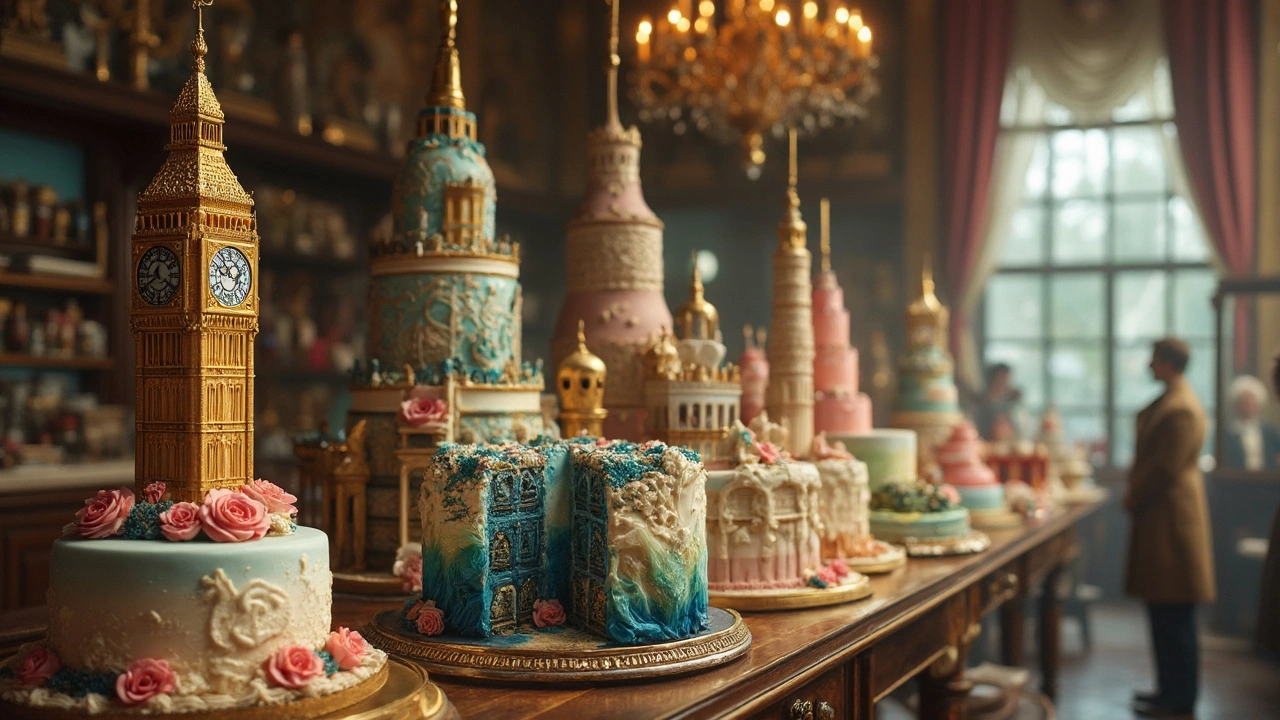
Decorating Hacks for Stunning Cakes
Decorating a cake is where your creativity comes alive, and getting it right can make your cake the star of any event. If you want to create a cake that not only tastes like magic but also looks stunning, you're in the right spot. Let's talk about some hacks to elevate your cake decoration game.
First things first, make sure your cake is completely cooled before you attempt any decorating. If you rush this, your icing could melt and slide off. And that's not the look we're going for, right?
Once your cake is prepped, think about using a crumb coat. This is a thin layer of icing that locks in the crumbs and sets the stage for the final, flawless coat. Believe me, it makes a world of difference!
For those sharp edges and smooth finishes, an offset spatula will be your best friend. Pair it with a cake turntable if you have one—this combo allows you to easily spread icing evenly as you gently rotate the cake.
Want to add some color without the extra work? Consider edible flowers or fresh fruits for a natural touch. They’re not only super easy to use but also give your cake an elegant and vibrant look.
- Textured finishes: If you’re aiming for something more textured, try using the back of a spoon or a comb-like tool to create waves or patterns in the icing. Easy and stylish!
- Piping techniques: To add more customized flair, practice basic piping techniques. Simple swirls, stars, or dots can create a lovely pattern.
- Drip effect: Achieving that trendy drip effect is easier than it looks. Just make sure your drip mixture is slightly runnier than regular icing, and gently spoon it around the edges so it trickles down.
If you’re curious about what’s trendy, naked cakes and geometric designs are still all the buzz in the cake recipes world. Don’t shy away from experimenting with these styles.
| Cake Decorating Tool | Purpose |
|---|---|
| Offset Spatula | Smooth icing finishes |
| Piping Nozzles | Create patterns and designs |
| Cake Turntable | Even icing application |
Remember, the key is to have fun and let your personality shine through your decorating style. The more you enjoy the process, the more love goes into your beautiful cakes!
Unique Cake Styles to Try
Alright, let's get creative with some unique cake styles that are sure to make you the talk of the party! If you've been stuck in a vanilla rut with plain sponge cakes, it's time to shake things up a bit.
Ever heard of the mirror glaze cake? This beauty reflects light like a polished jewel. Mirror glaze is a stunning, shiny coating that almost looks too pretty to eat. Created using white chocolate, sugar, sweetened condensed milk, and gelatin, it's poured over a frozen cake to get that glossy finish. The cool part? You can add food coloring to create a swirl of colors—it’s like marbling on a cake.
"The true beauty of a cake is in how it brings joy to both the eyes and the soul." - Julia Child
If mirror glazes aren’t your thing, how about a drip cake? Drip cakes are a bit less flashy but equally eye-catching. All you need is a ganache—a mix of chocolate and cream—and a steady hand to pour it over the edges, letting it drip down the sides. You can top it with candies, fruits, or flowers for an extra pop!
Then there's the floral naked cake. Unlike traditional cakes that are buried under layers of frosting, the naked cake skips the fuss and lets its layers peek through. It’s adorned with fresh flowers or fruits for a natural, rustic charm.
Finally, let's not forget the wave of geode cakes that took the world by storm. These cakes look like they've been carved open to reveal a glistening world of edible crystals inside. They’re made using rock candy, and each one is as unique as a snowflake.
Here’s a quick popularity chart of some cake styles from a recent baking survey:
| Cake Style | Popularity (%) |
|---|---|
| Mirror Glaze | 30 |
| Geode | 25 |
| Drip | 20 |
| Naked | 15 |
| Others | 10 |
Each of these styles adds a different flair, and with a bit of practice, you'll have friends asking where you bought your beautiful cakes. Don't be afraid to experiment and put your spin on these ideas!
Common Mistakes and How to Avoid Them
Baking a cake can be a bit of a minefield if you're new to it, or even if you've been baking for years. There are a few common mistakes that can turn your beautiful creation into a flop. Let's tackle some of these and learn how to ditch the disasters.
One biggie is overmixing your batter. You want to mix enough to get everything combined but not so much that you knock all the air out. Too much mixing leads to a dense, tough cake instead of a light and fluffy one. For most cakes, mixing until just combined after adding dry ingredients is a safe bet.
Temperature is another sneaky saboteur. If the butter's too cold, it won't cream properly with sugar, resulting in less rise. The same goes for ingredients like eggs and milk. The ideal is to have all your ingredients at room temp before starting. Trust me, this little step makes a big difference.
Ever had your cake sink in the middle? That's often due to opening the oven door too soon. It’s tempting to peek at your masterpiece, but each time you open that door, out goes precious heat. Be patient and only check when absolutely necessary or close to the end of the baking time.
Measuring mistakes can also be a game-changer. Think of baking like chemistry—measurements matter! Always use proper measuring cups for dry and wet ingredients. And oh, weigh your flour if you can. A small kitchen scale can save you from the dreaded dry or overly dense cake.
Finally, let's talk about cooling. Ever rush to frost your cake and watch it melt? Let it cool completely, and make sure your frosting is at the right consistency. An impatient decorator ends up with a runny mess instead of a decorated dream.
A little attention to these details can help you avoid these baking mistakes, and lead you to that true cake beauty you’re aiming for. Give it a go, and enjoy baking without the oops moments!


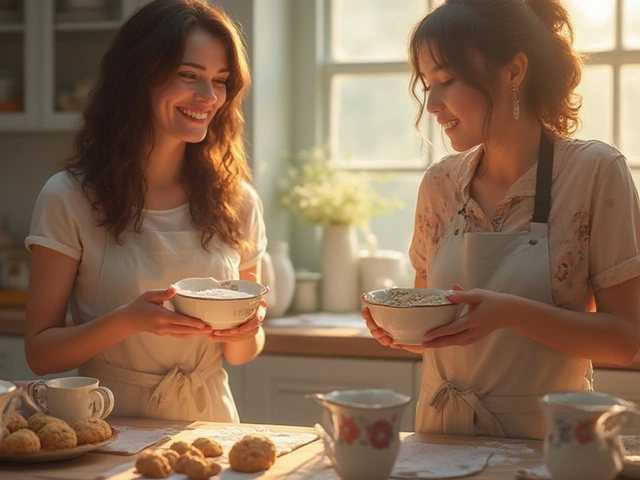
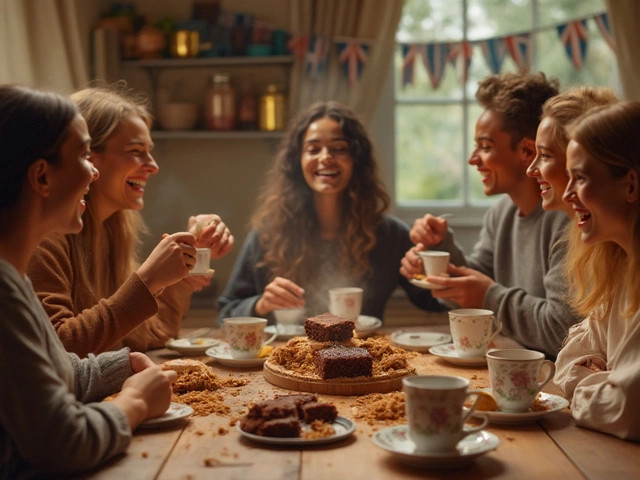
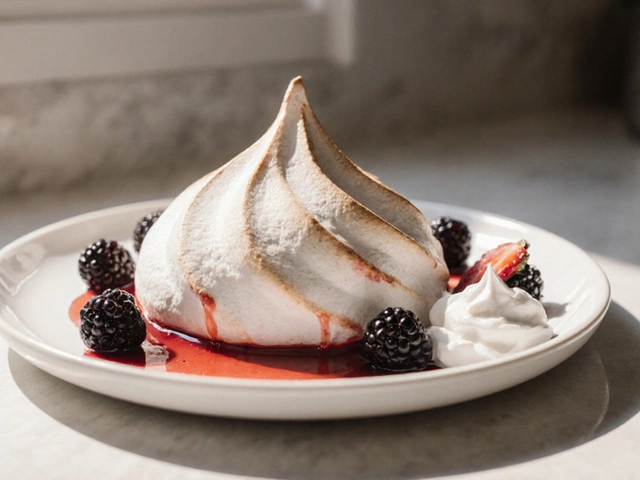
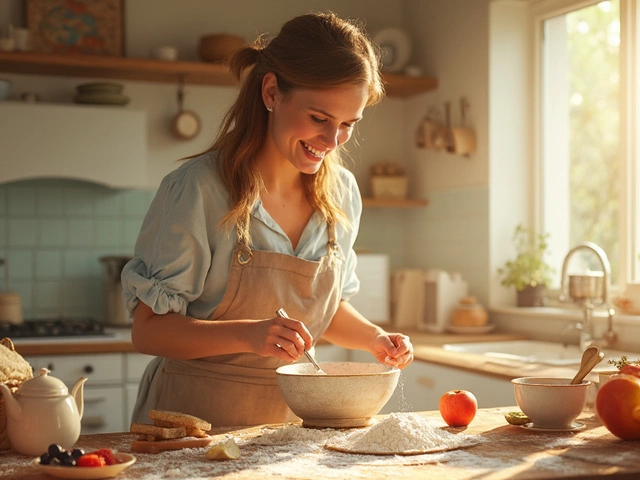
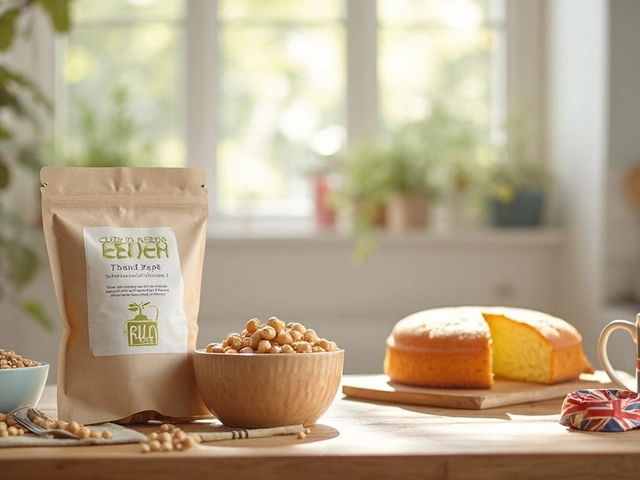
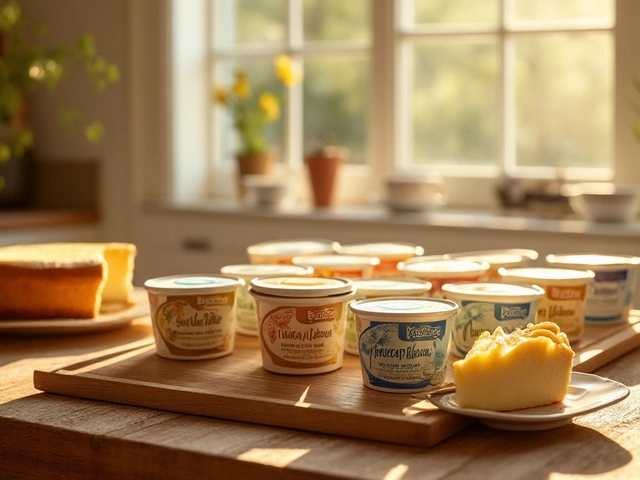
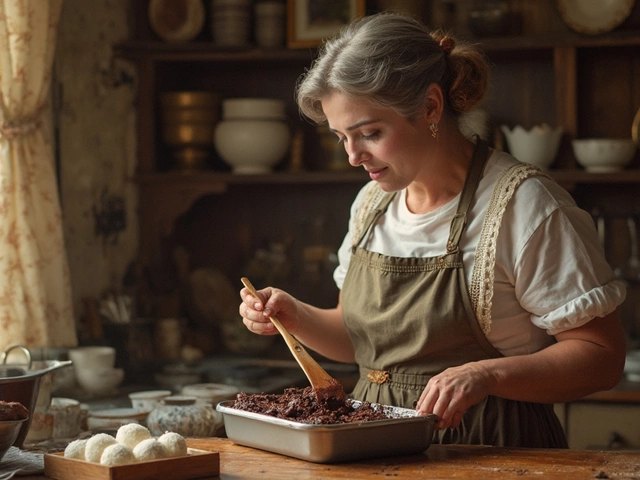
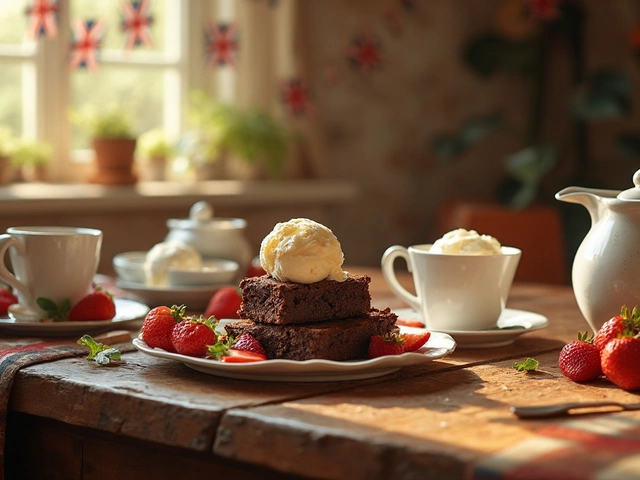
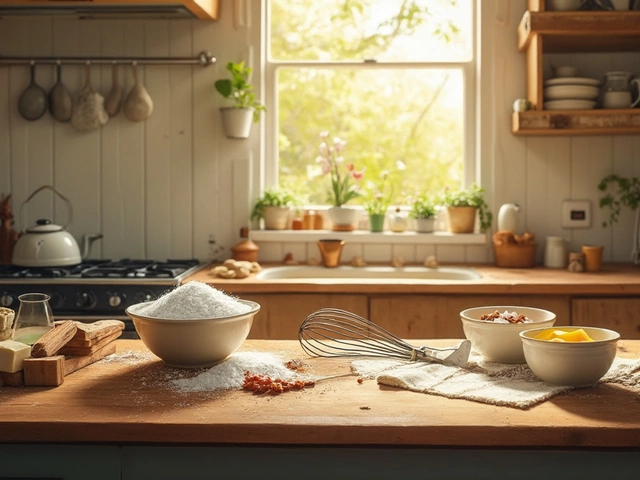
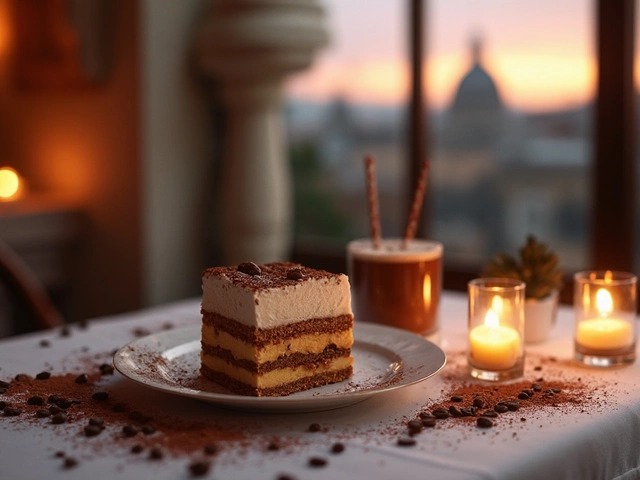
Write a comment